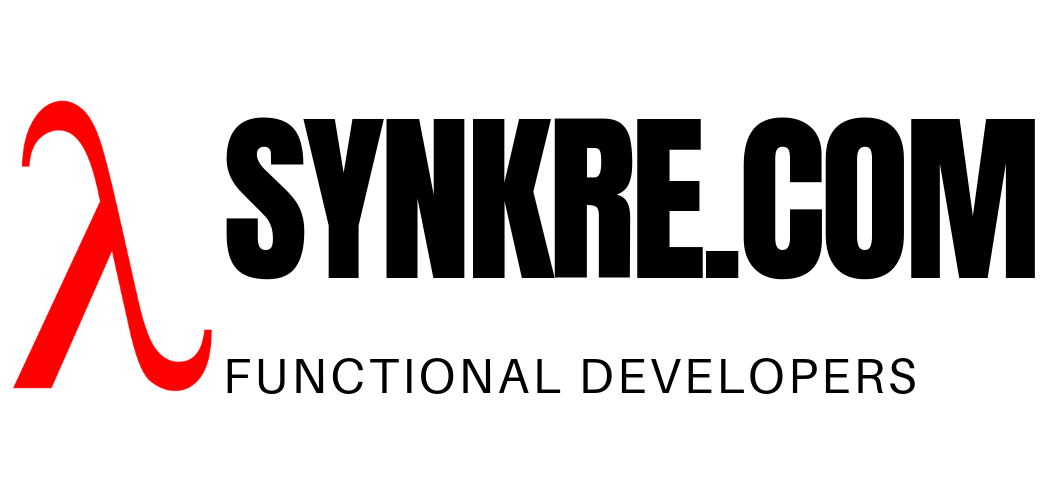(Video transcript)
In the dynamic realm of cloud computing and data analytics, professionals navigate a landscape filled with diverse and powerful platforms.
Each with its unique strengths and challenges, the following platforms are the pillars of modern data processing and analytics:
AWS SageMaker, a haven for developers. Launched in 2017, SageMaker’s developer-first approach resonates through its functionality. With robust Spark integration and a comprehensive machine learning environment, it’s a powerhouse for those who seek to merge exploration with production. However, its technical UI might pose a challenge for newcomers.
In contrast, Microsoft Azure Machine Learning, born in 2015, is a testament to intuitive design. Its clean UI makes navigation a breeze, complemented by a workflow designer that accelerates model building. Ideal for individual data scientists, Azure Machine Learning emphasizes ease over complexity, though it may lack in co-working capabilities.
Google Cloud Vertex AI, is a platform that thrives on innovation. Launched in 2021, it’s a haven for TensorFlow enthusiasts, offering a structured workflow and advanced container technology. Despite its comprehensive features, its vastness can be overwhelming, making it a fit for those who revel in Google’s ecosystem.
Apache Airflow stands apart as a maestro of data orchestration. Its forte lies in crafting intricate, scalable workflows, offering unparalleled customization. It’s the go-to for those who seek to master their data pipelines with precision and flexibility.
Azure Synapse is a blend of data warehousing and analytics, offers a unified platform integrating data storage, processing, and visualization. It’s a holistic solution for organizations craving a comprehensive data analytics environment.”
Snowflake carves its niche as a SaaS-based data platform, excelling in data storage and lakes. Known for its serverless solution, it’s a popular choice for those who need an end-to-end solution for managing and processing data.
Finally, Databricks, the epitome of the ‘Lakehouse’ concept, combines everything from data processing to analytics. Founded in 2013, it’s a favorite for data engineers and scientists alike, offering direct notebook scheduling and a user-friendly interface. However, its focus on notebooks might limit those accustomed to container-based workflows.
In this landscape of giants, each platform offers a unique gateway to the world of data analytics and cloud computing. Their strengths and weaknesses form a tapestry of choices, empowering professionals to find their perfect fit in the ever-evolving digital universe.
